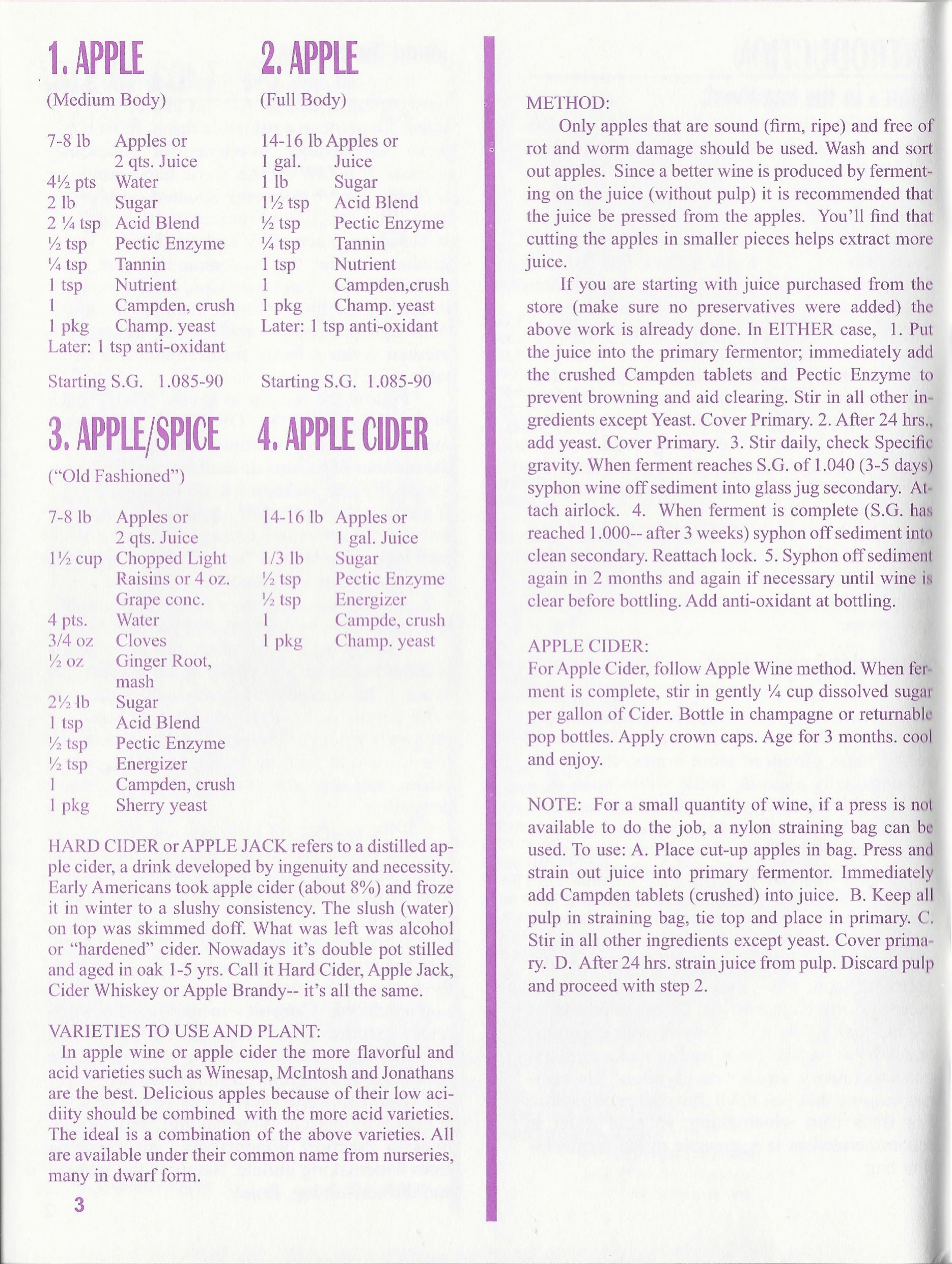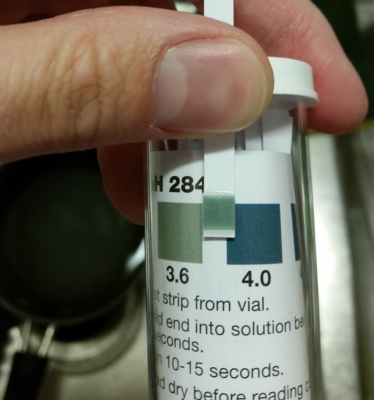Schattenmann
Junior
- Joined
- Aug 10, 2015
- Messages
- 18
- Reaction score
- 5
Hi, I don't really do real name online, I'm Schattenmann.
I'm in my 30s, from central Virginia. I started making wine a few weeks ago when I decided I shouldn't make more than one cobbler after picking 4 lbs of blackberries. I've got a history degree, enjoy the classics, campfires, and I do lifecasting as a hobby (making molds of people). I've got 20+ years with Boy Scouts of America. No kids, 2 siblings.
Like probably 90% of newbies, I started with the Vintner's brand kit from my local store. It comes with Ray Massaccesi's book of recipes.
My first two runs (one gallon pure blackberry, one blackberry-Welch's with my leftover berries) are doing great. Started at 1.09, into secondary at 1.03, racked after ~1 week at .99 now sitting in brown paper.
My second run went down the drain. I found a half gallon of peach "cider" (juice) in the pantry, label claimed no preservatives but it wouldn't ferment.
My third run is 2 gallons of cider from .5 gal. of Murray's Virginia "cider" (filtered juice) and 1 gal. of Murray's juice (unfiltered).
My questions stem from the cider: what does Massaccesi mean when he says "dissolved sugar"? (I searched the forum for "dissolved sugar" but it pulls up a lot of static for just sugar even though I used quotes). I asked the local store what he means by dissolved sugar, and they weren't sure.
I've just transferred the apple wine/cider (pg 3, recipe 3) to secondary ferment. (Starting SG was 1.090, transferred last night at 1.020)
For that recipe, the directions say: "For Apple Cider, follow Apple Wine method. When ferment is complete, stir in gently 1/4 cup dissolved sugar per gallon of cider. Bottle in champagne or soda bottles. Apply crown caps. Age for 3 months."
Many of his recipes have a "serve young" option that say to add X amount of dissolved sugar, but he never says what dissolved sugar is. Is he calling simple syrup dissolved sugar? If so, why doesn't he just say simple syrup? Is dissolved sugar something different than simple syrup? I feel like this is a dumb question (there are dumb questions ) but I don't know why he would use an esoteric term for simple syrup if he just means simple syrup.
) but I don't know why he would use an esoteric term for simple syrup if he just means simple syrup.
Or, does he maybe even mean dissolve 1/4 cup of sugar into some wine, then pour it back into the whole thing? That would sweeten it without diluting it which makes sense to my newb mind. But, I realize 1/4 c. of sugar would be a lot sweeter than 1/4 c. of simple syrup.
My second question is: I've used a champagne yeast per instructions (Red Star Pasteur Champagne), and I assume that adding the sugar and then bottling without stabilizing is going to cause the cider* to fizz up and create a lot of bubbles and pressure. I am not really interested in that; so if I kill the yeast should I add less sugar since nothing is going to be eating it?
*(or is it wine that we're cheating and calling cider?)
I'm in my 30s, from central Virginia. I started making wine a few weeks ago when I decided I shouldn't make more than one cobbler after picking 4 lbs of blackberries. I've got a history degree, enjoy the classics, campfires, and I do lifecasting as a hobby (making molds of people). I've got 20+ years with Boy Scouts of America. No kids, 2 siblings.
Like probably 90% of newbies, I started with the Vintner's brand kit from my local store. It comes with Ray Massaccesi's book of recipes.
My first two runs (one gallon pure blackberry, one blackberry-Welch's with my leftover berries) are doing great. Started at 1.09, into secondary at 1.03, racked after ~1 week at .99 now sitting in brown paper.
My second run went down the drain. I found a half gallon of peach "cider" (juice) in the pantry, label claimed no preservatives but it wouldn't ferment.
My third run is 2 gallons of cider from .5 gal. of Murray's Virginia "cider" (filtered juice) and 1 gal. of Murray's juice (unfiltered).
My questions stem from the cider: what does Massaccesi mean when he says "dissolved sugar"? (I searched the forum for "dissolved sugar" but it pulls up a lot of static for just sugar even though I used quotes). I asked the local store what he means by dissolved sugar, and they weren't sure.
I've just transferred the apple wine/cider (pg 3, recipe 3) to secondary ferment. (Starting SG was 1.090, transferred last night at 1.020)
For that recipe, the directions say: "For Apple Cider, follow Apple Wine method. When ferment is complete, stir in gently 1/4 cup dissolved sugar per gallon of cider. Bottle in champagne or soda bottles. Apply crown caps. Age for 3 months."
Many of his recipes have a "serve young" option that say to add X amount of dissolved sugar, but he never says what dissolved sugar is. Is he calling simple syrup dissolved sugar? If so, why doesn't he just say simple syrup? Is dissolved sugar something different than simple syrup? I feel like this is a dumb question (there are dumb questions
Or, does he maybe even mean dissolve 1/4 cup of sugar into some wine, then pour it back into the whole thing? That would sweeten it without diluting it which makes sense to my newb mind. But, I realize 1/4 c. of sugar would be a lot sweeter than 1/4 c. of simple syrup.
My second question is: I've used a champagne yeast per instructions (Red Star Pasteur Champagne), and I assume that adding the sugar and then bottling without stabilizing is going to cause the cider* to fizz up and create a lot of bubbles and pressure. I am not really interested in that; so if I kill the yeast should I add less sugar since nothing is going to be eating it?
*(or is it wine that we're cheating and calling cider?)
Last edited by a moderator:





































![[Upgraded] 9Pcs Tree Root Growing Box with Drain Holes, Half Transparent Plant Rooting Propagation Ball & Metal Core Twist Ties, for Fast Propagation Plants (Size M)](https://m.media-amazon.com/images/I/514MWQxtWOL._SL500_.jpg)

















